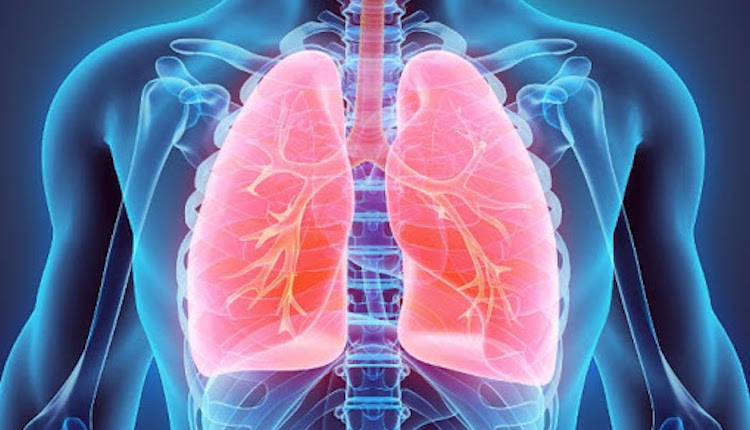
Clinical review: Acute respiratory distress syndrome
Acute respiratory distress syndrome (ARDS) is a potentially devastating form of acute inflammatory lung injury with a high short-term mortality rate and significant long-term consequences among survivors.
In this review will be discussed the importance of supportive care, in particular the current evidence base for ventilatory support and adjunctive therapies in patients with acute respiratory distress syndrome (ARDS).
Clinical review on acute respiratory distress syndrome: an abstract
Supportive care, principally with mechanical ventilation, remains the cornerstone of therapy – although the goals of this support have changed in recent years – from maintaining normal physiological parameters to avoiding ventilator-induced lung injury while providing adequate gas exchange.
Key components of such a strategy include avoiding lung overdistension by limiting tidal volumes and airway pressures, and the use of positive end-expiratory pressure with or without lung recruitment manoeuvres in patients with severe ARDS.
Adjunctive therapies discussed include pharmacologic techniques (for example, vasodilators, diuretics, neuromuscular blockade) and nonpharmacologic techniques (for example, prone position, alternative modes of ventilation).
ARDS was first described in 1967 and represents a common clinical problem in ICU patients. The syndrome is associated with short-term mortality of approximately 45% as well as significant long-term morbidity. Despite being both a major clinical problem and a focus of research for the critical care community, ARDS remains difficult to define and a source of considerable controversy.
Using the 1994 American-European consensus criteria, ARDS was defined by widespread pulmonary infiltrates on chest radiograph, hypoxaemia, and the absence of elevated pulmonary capillary wedge pressure or other evidence of left atrial hypertension.
The new Berlin Definition of ARDS categorises acute respiratory distress syndrome as mild, moderate or severe, and was designed to address a number of issues that had become apparent with the previous definition.
READ ALSO
Our respiratory system: a virtual tour inside our body
Tracheostomy during intubation in COVID-19 patients: a survey on current clinical practice
FDA approves Recarbio to treat hospital-acquired and ventilator-associated bacterial pneumonia


